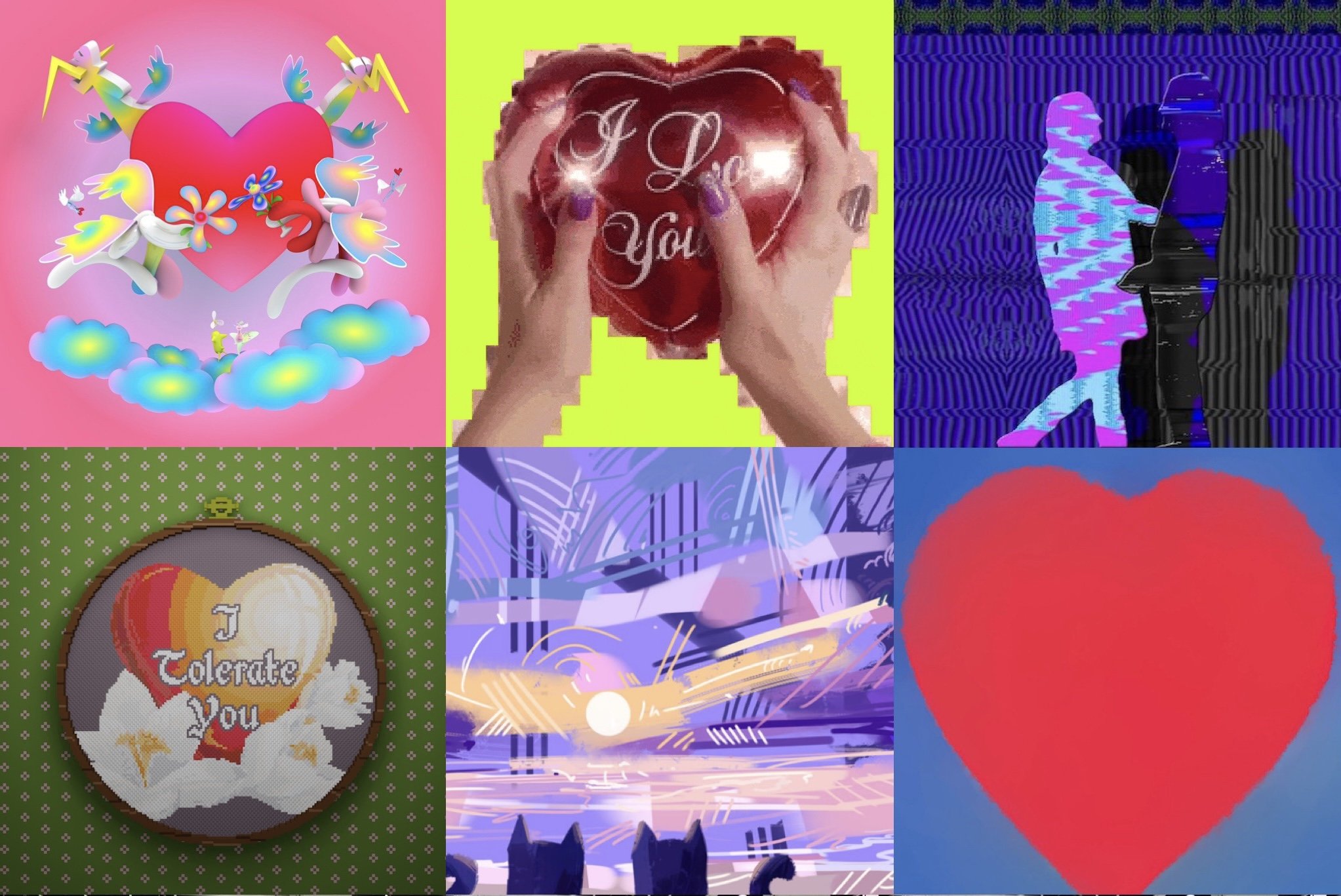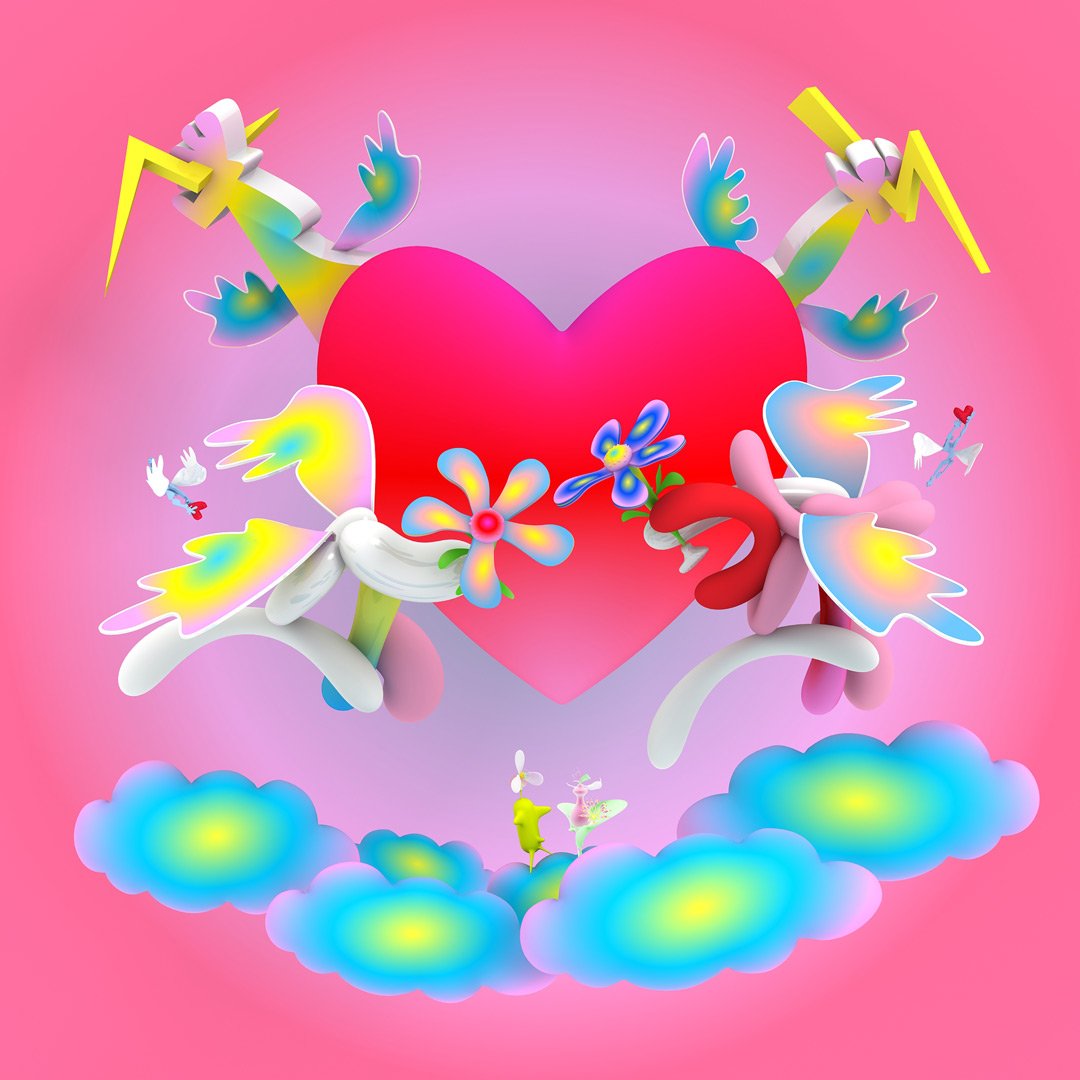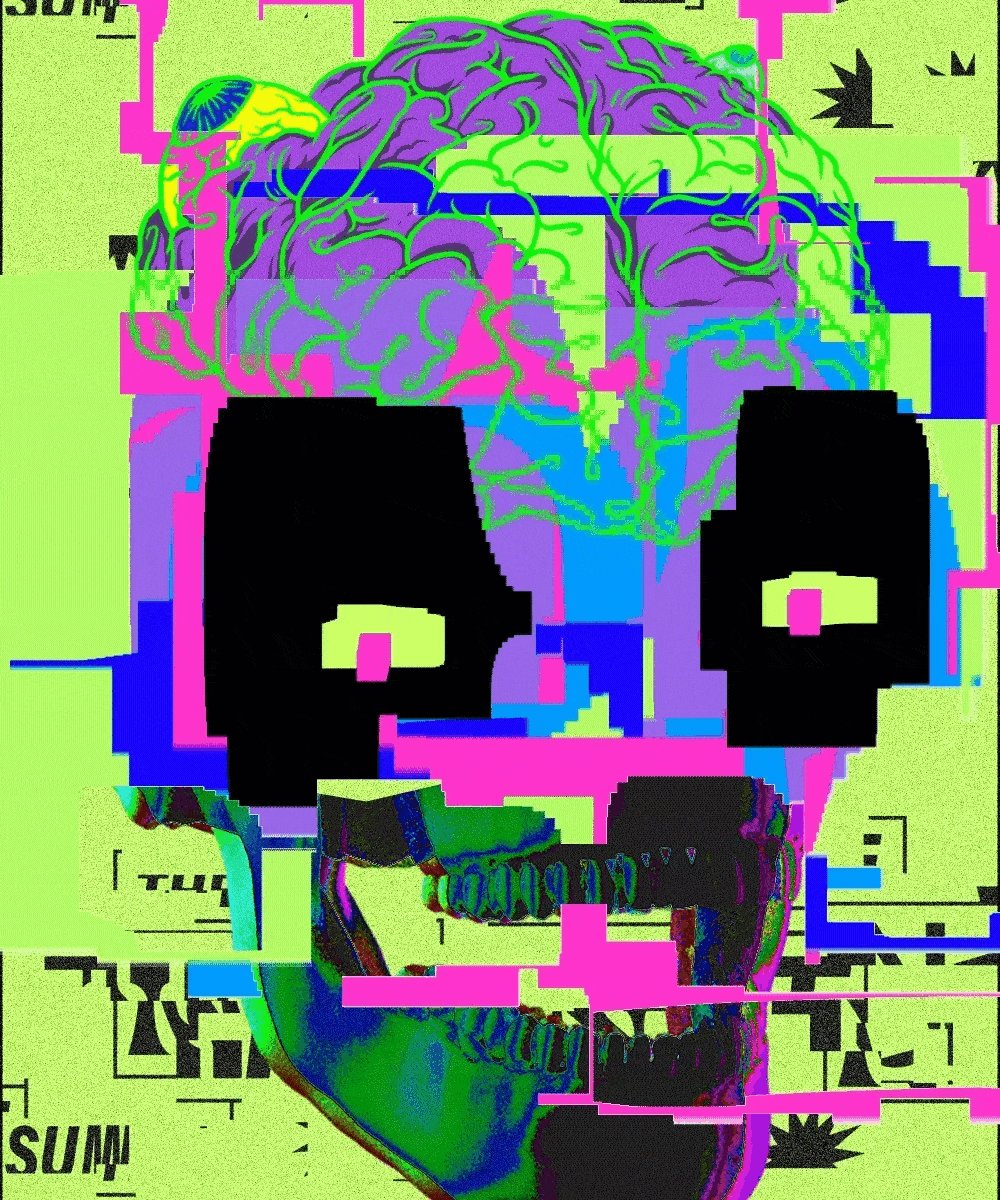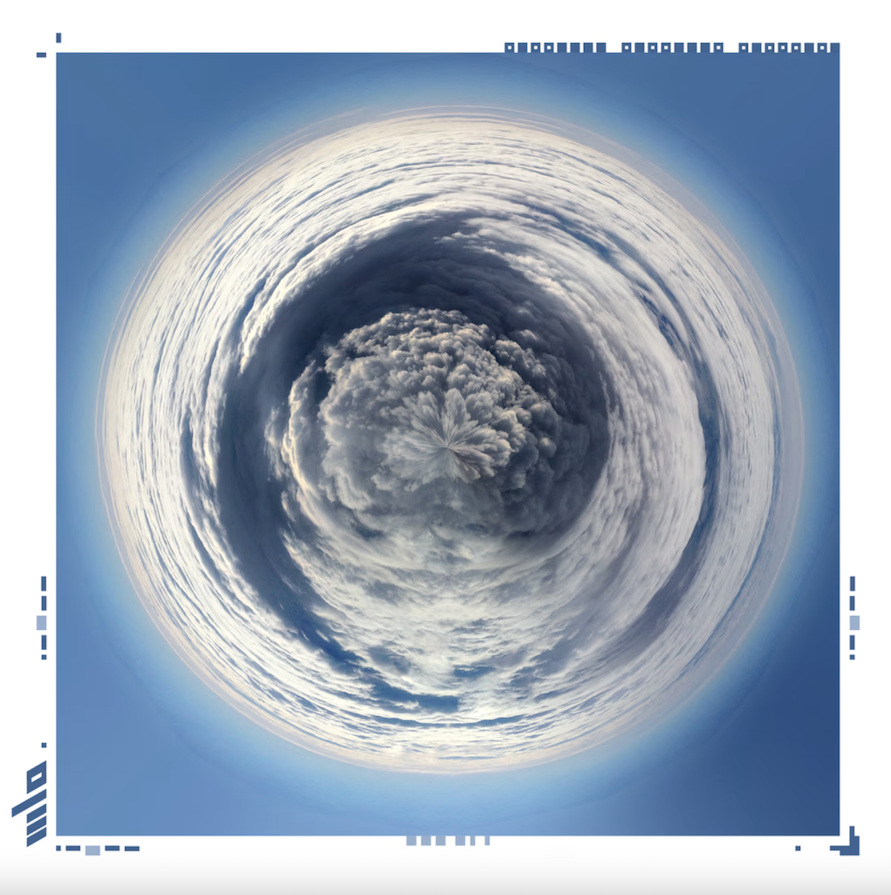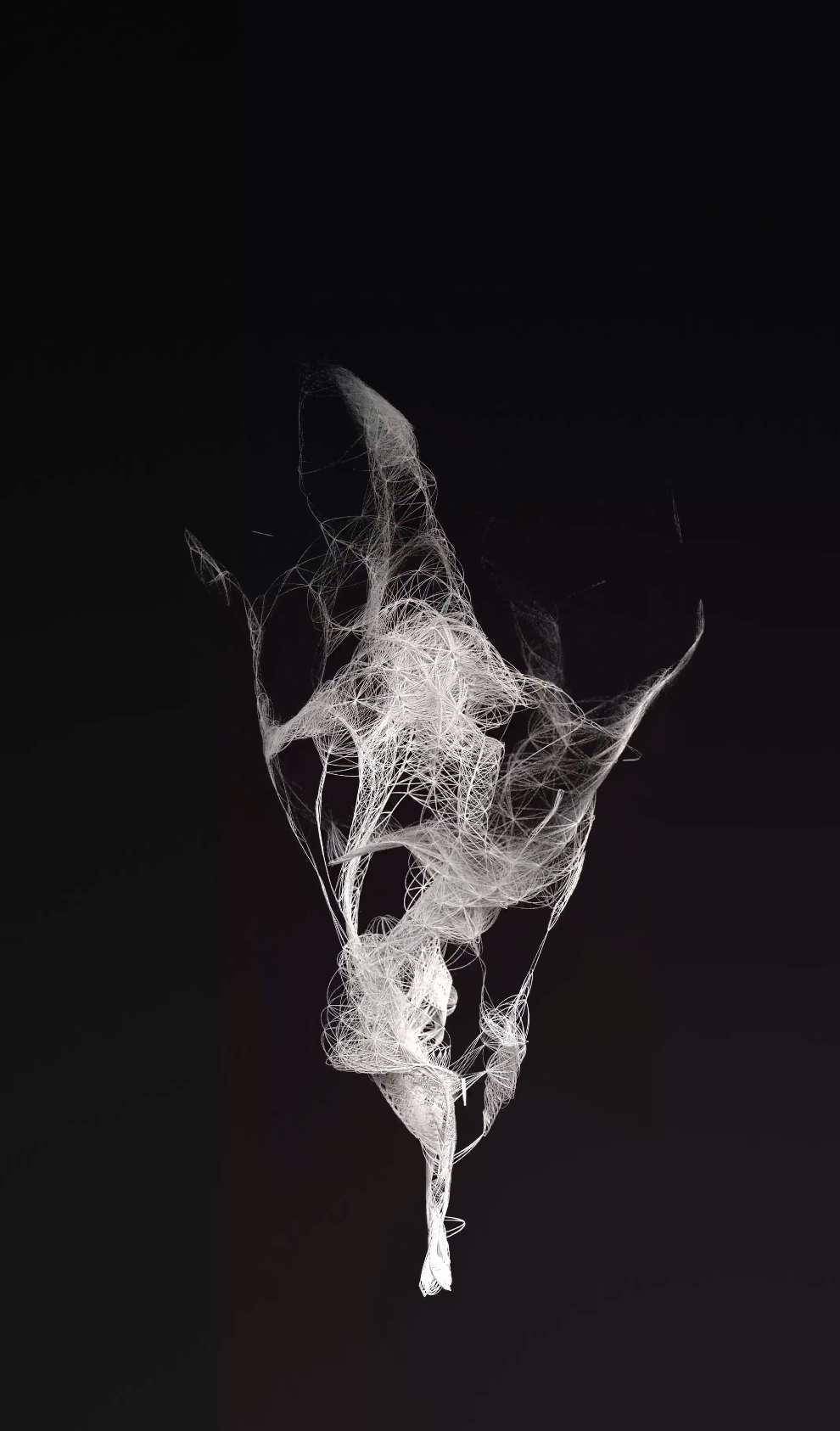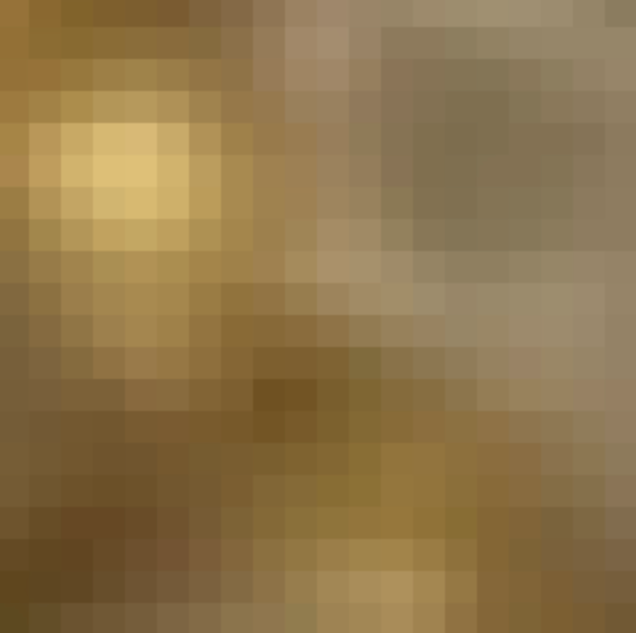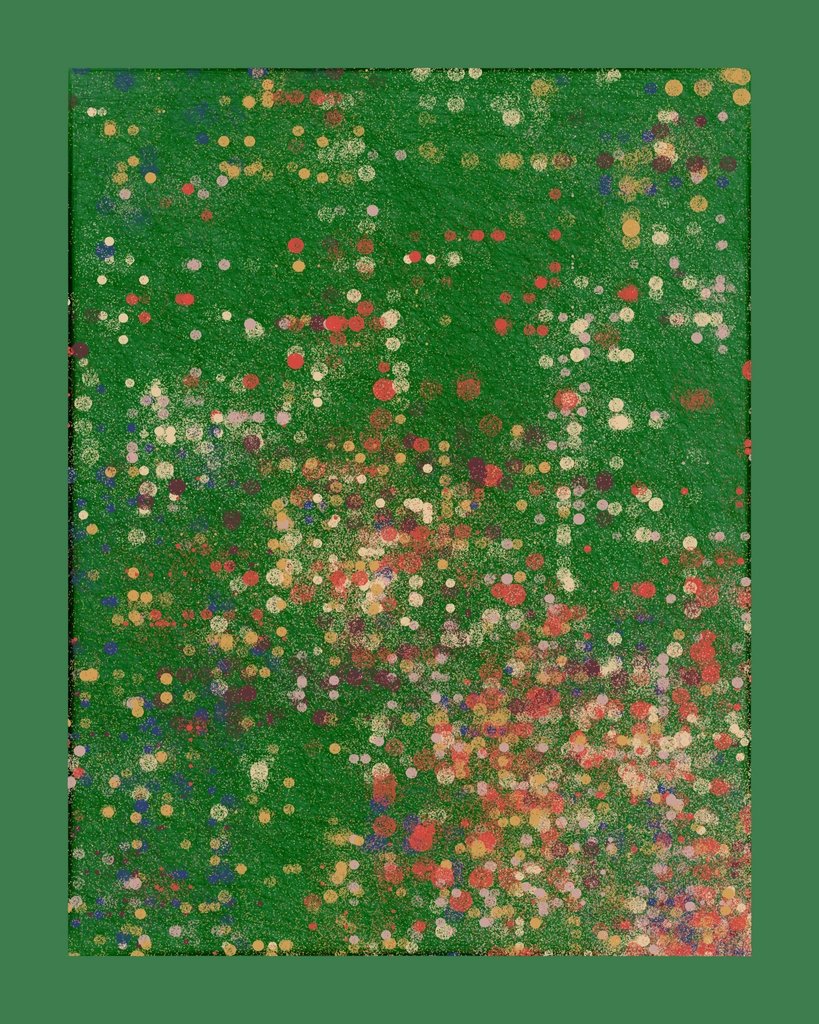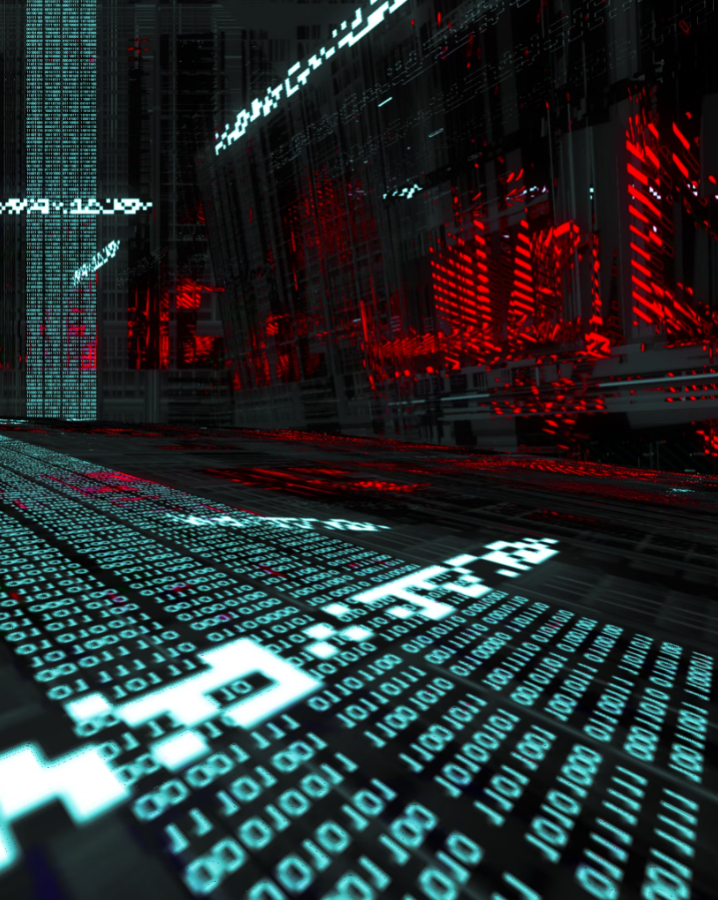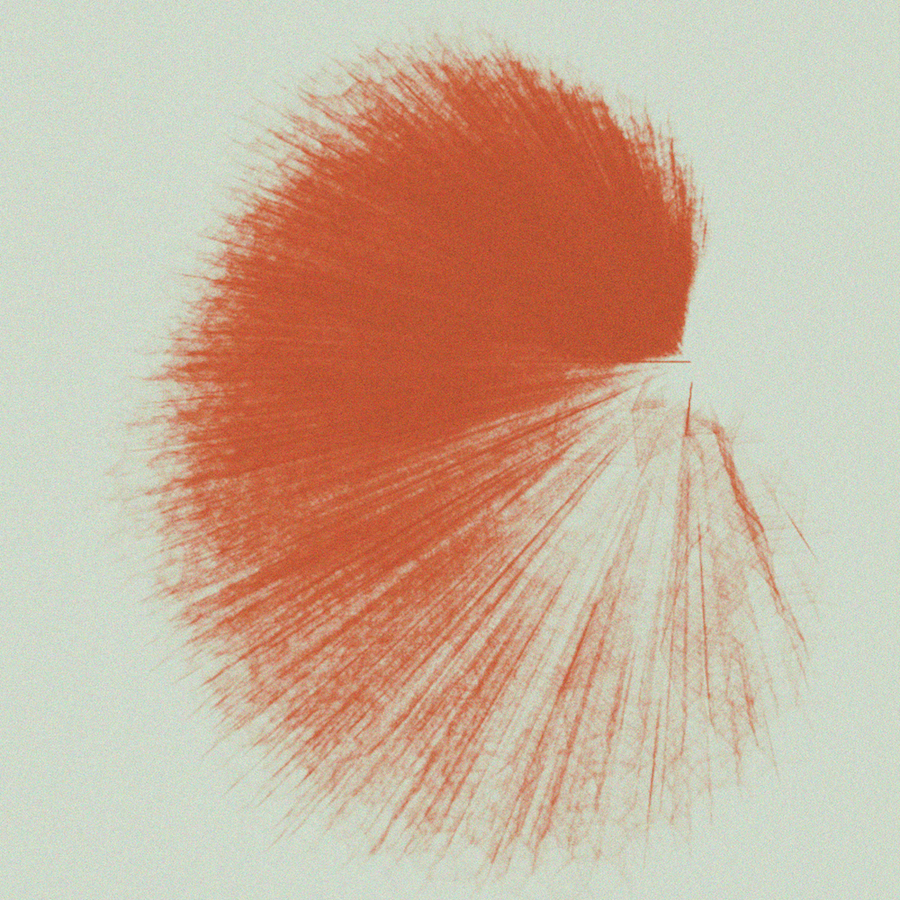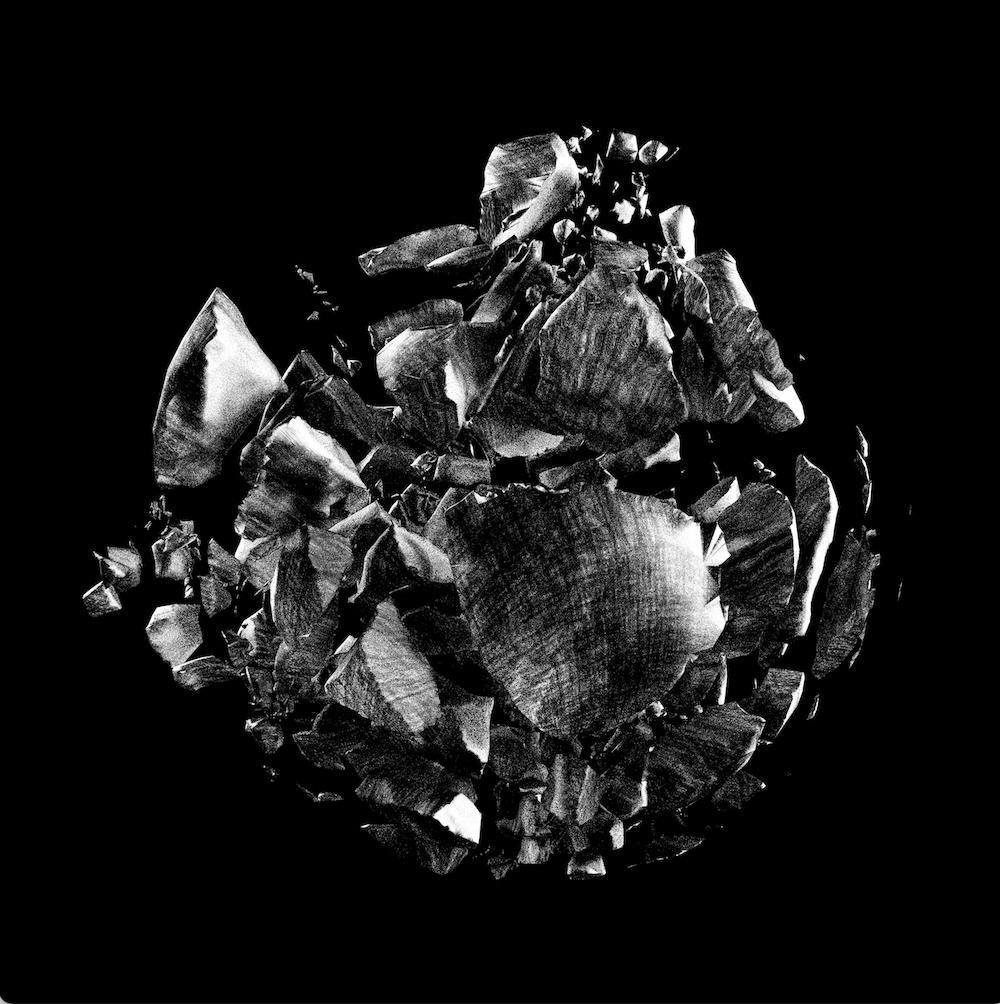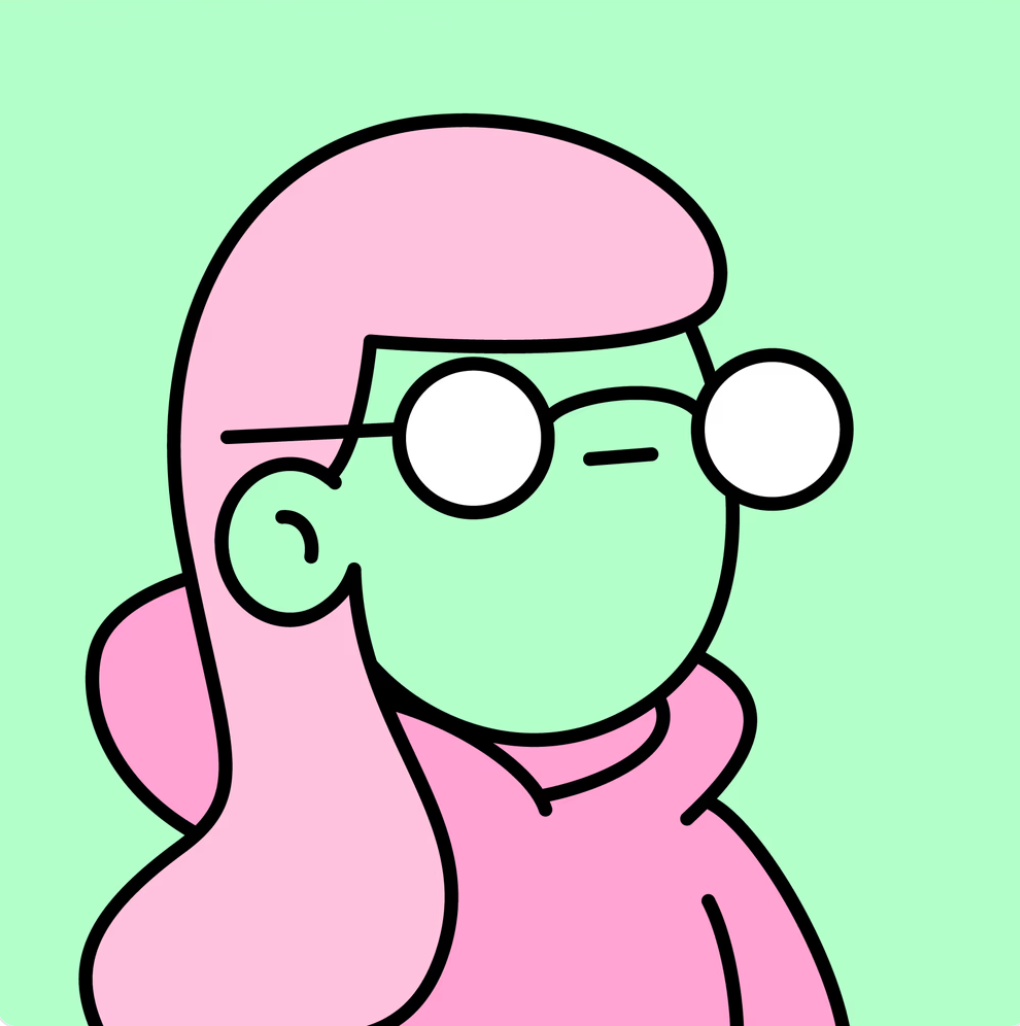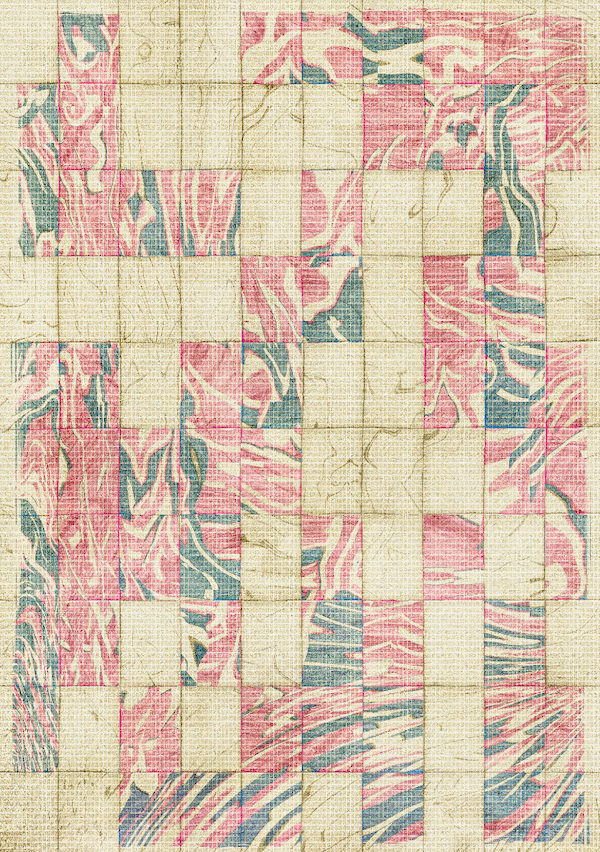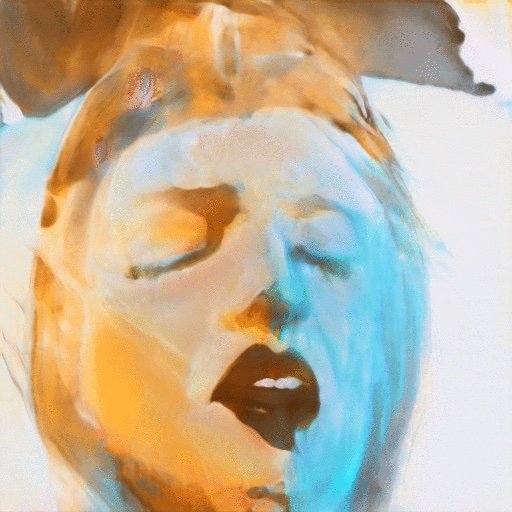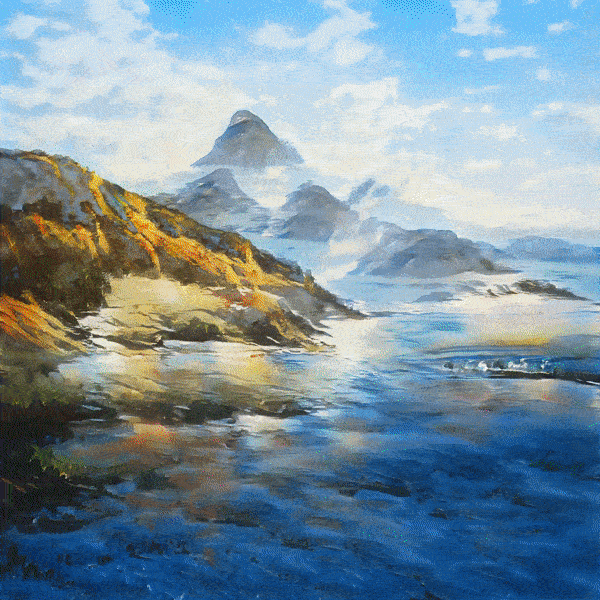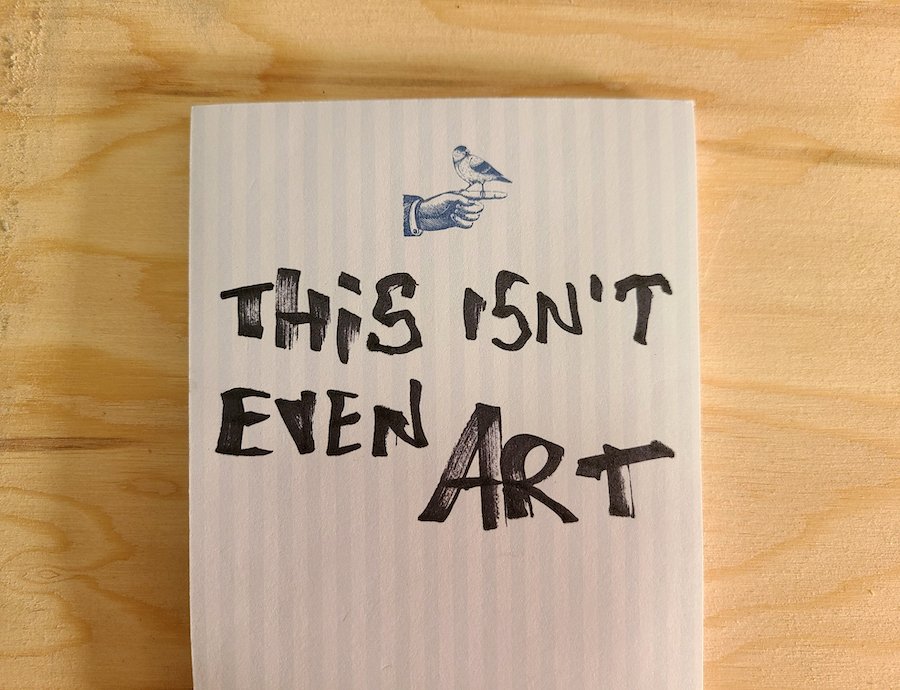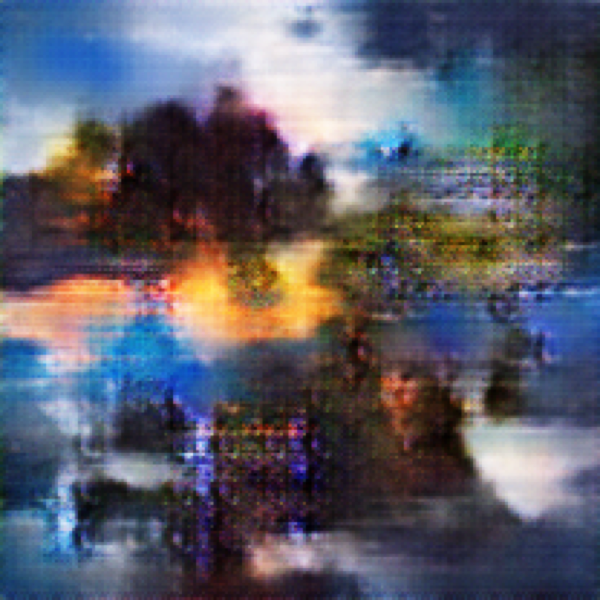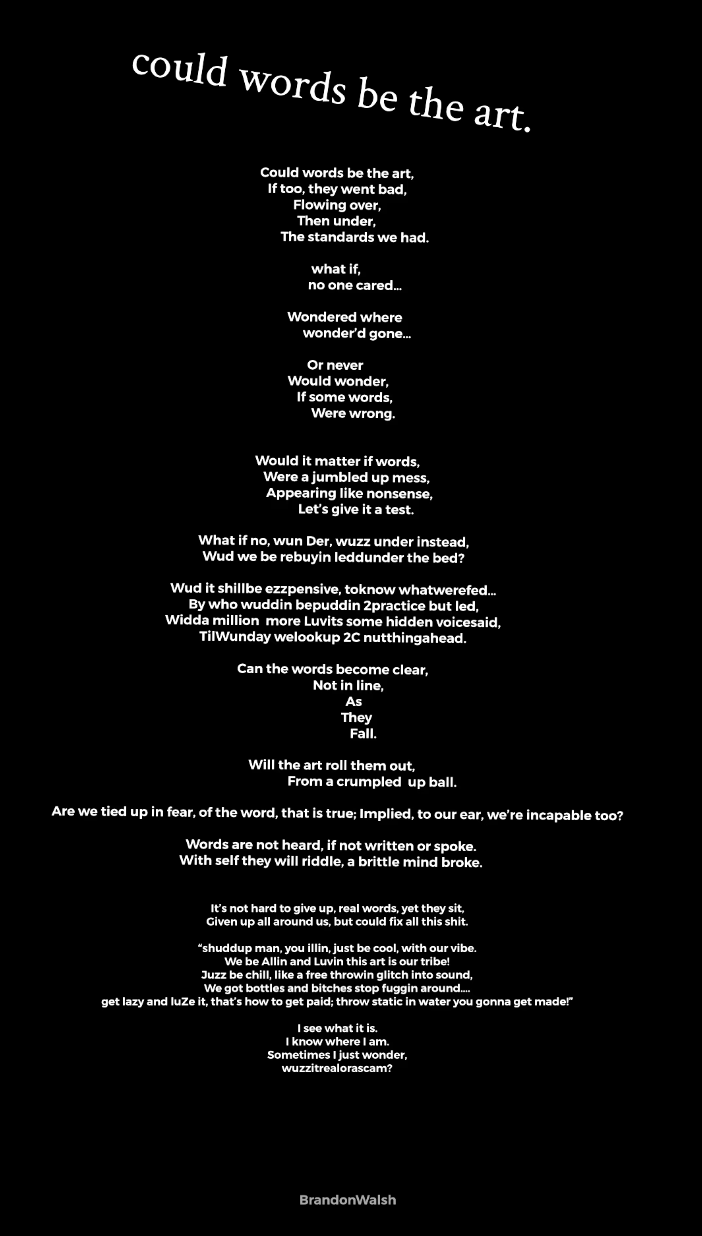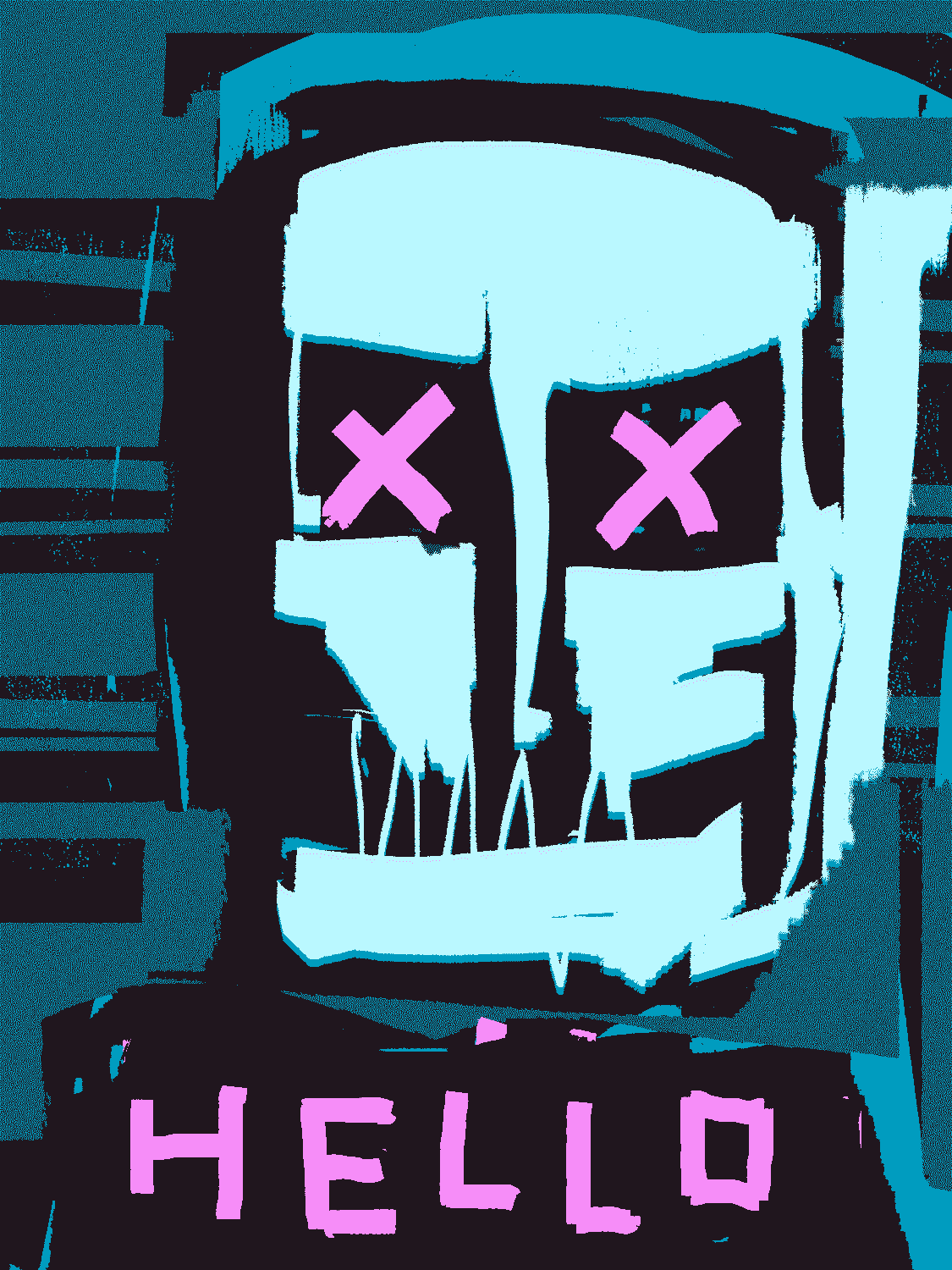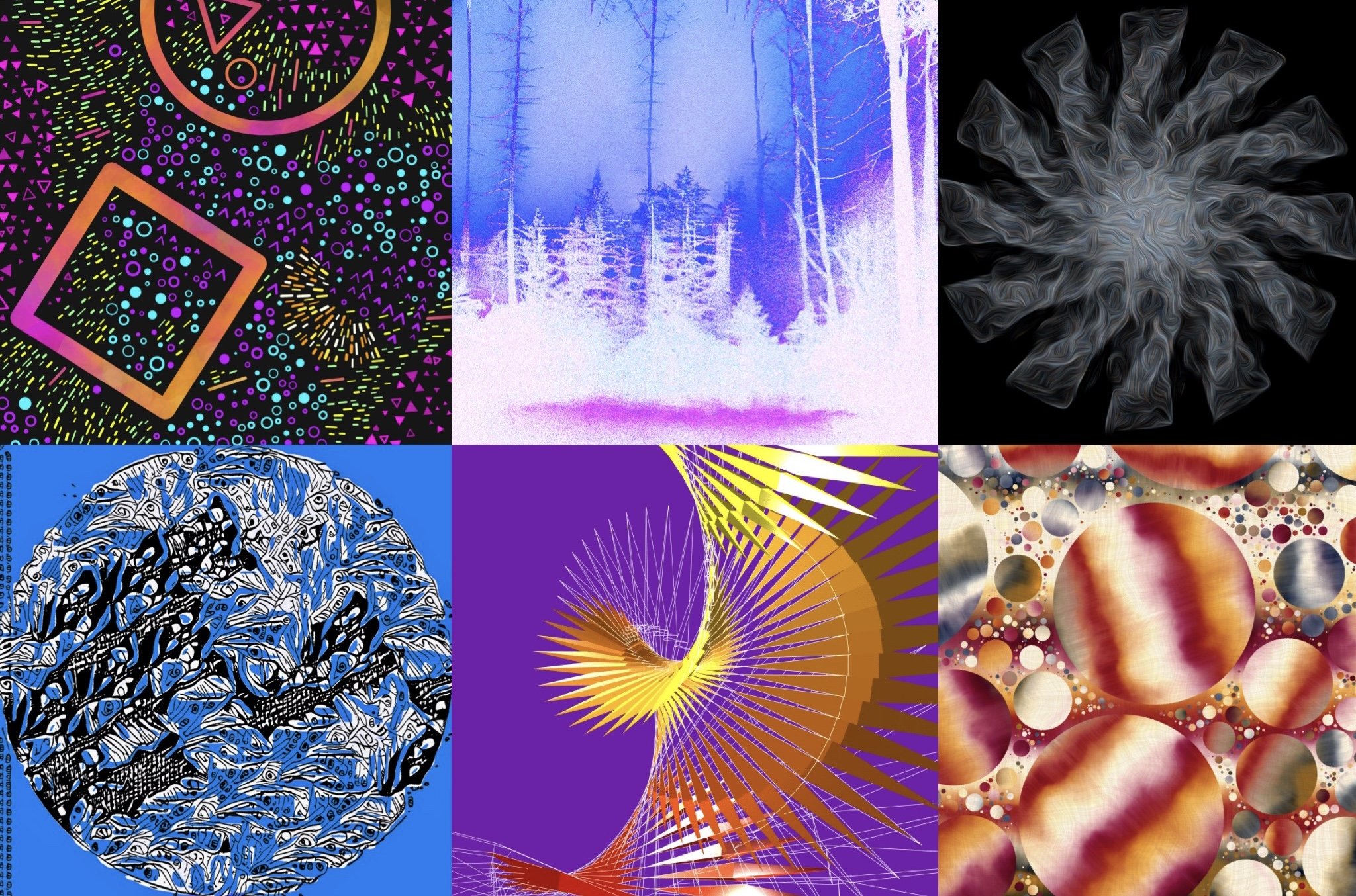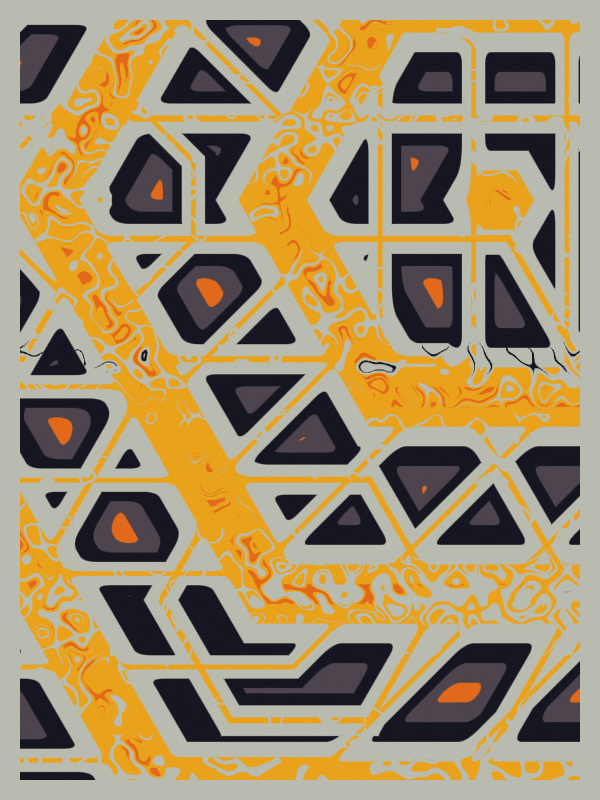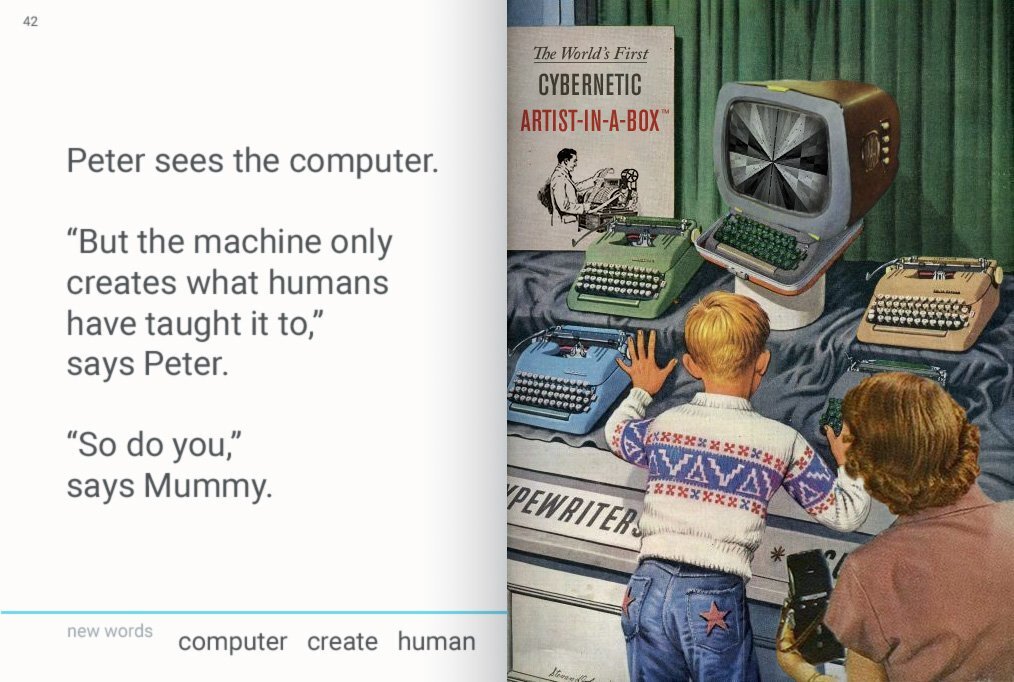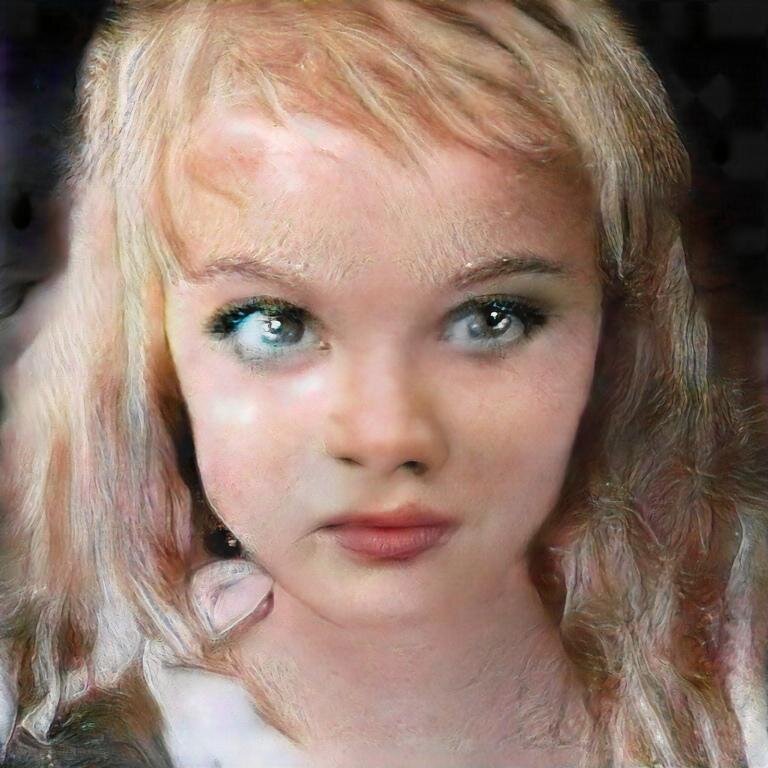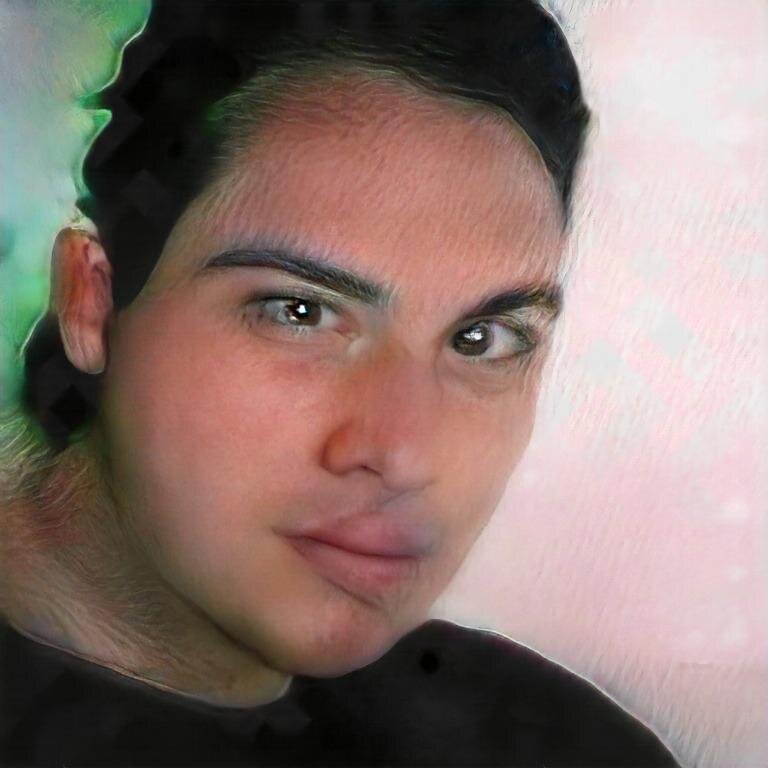Any day is a good day to show your loved ones and friends that you care for them. Expressing it through the medium of art is worth a thousand words, unless it’s through poetry, of course ;) NFTs can travel distances and in our time of post-electronic superhighway, what more convenient format can art take?
I present you with some of the gems found across the web3 rabbit hole, some more experimental than others, that could be a nice present for a special occasion. Enjoy!
“I Love U (and OT)” by Alexander Mordvintsev @zzznah
I Love U (and OT) on Objkt
Self-described as a “Mad Scientist”, Mordvintsev is known for creating DeepDream, a computer vision program that produces works with a dream-like appearance reminiscent of a psychedelic experience in the deliberately overprocessed images. It was quite viral in the early days of AI image processing and iconic for the time.
Mordvintsev’s I Love U (and OT) is made with optimal transport. He also provides a guide to create your own here.
“Love” by Eva Hauschild @eva_hauschild
LOVE on Objkt
Love is a painting made with light and Apple pencil by Swiss Artist Eva Hauschild who works with Analog and Digital tools. This gentle piece makes for a sweet and affordable present.
lifeforms by Sarah Friend @isthisanart_
lifeforms on OpenSea. Mint new here.
If you’re up for the challenge, try an NFT that requires care. These entities created by Sarah Friend are like any living thing that needs regular care in order to thrive. If not properly looked after, lifeforms die. A lifeform that has died will no longer appear in wallets, is not transferable, and cannot be brought back to life in any way. How do you care for a lifeform? Within 90 days of receiving it, you must give it away.
You can gift a Lifeform to your partner and take turns at “custody” - make sure to transfer it to each other no more than within 90 day intervals.
“PEACE FOR UKRAINE” by Stepan Ryabchenko @VirtualStepan
PEACE FOR UKRAINE on Ryabchenko’s website
For those interested in gifting with impact, The “Peace” collection by Ukrainian artist Stepan Ryabchenko is fundraising for his ART LABORATORY Creative Nonprofit Association for the realization of projects to restore and develop the culture of Ukraine.
The first work from Ryabchenko’s “Peace” series was featured in TIME Magazine 2022, the drawing reminds us of the most important thing in such unsettling times – Love.
“Landscape with Carbon Capture” by @zancan
Landscape with Carbon Capture on OpenSea
A gift of a blooming garden by one of the most prominent artists on Tezos, Zancan, is another great idea to flourish the feelings. Zancan is a generative artist from Bordeaux, France and prior to entering the digital art realm, he has been a painter and programmer for four decades. By synergizing his former practice as a traditional artist working with oil paint into the medium of computer code, he explores the graphical possibilities of a ‘figurative-generative’ art genre.
You can browse the affordable collection of Landscape with Carbon Capture. For the gift to be extra special, filter the collection for pink (or black) paper variations.
Not Even Love Will Tear Us Apart by LIA @liasomething
Not Even Love Will Tear Us Apart on sedition
LIA’s work Not Even Love Will Tear Us Apart has in focus the ultimate symbol of love: the heart. The latter is suggested through continuously evolving shapes that rotate, move and mirror each other. All forms appear in pairs and the composition’s perpetual motion suggests the former will be separated. However, each pair ultimately remains connected to a shared point.
LIA: “as with relationships between lovers, permanent change happens in the details while the overall aesthetic remains the same”. New shapes overlay old structures, adding ever-increasing depth to the resulting image, therewith building a history that in turn forms the backdrop for yet new formations.
“Non NFT” by @XCOPYART x @Moxarra x @neurocolor
Non NFT on OpenSea
On the higher end of the budget spectrum, if you want a gift that says something like “till death do us part” but be cool about it - this piece made as a collab by three legendary crypto artists may do the trick! Made especially for the Non NFT conference in Mexico City, it is definitely going to be a memorable item in the wallet.
“I Tolerate You” by Willow Pines @pines_willow
I Tolerate You on versum
Let the one you're with know you tolerate them this Valentine's Day. This vox-stitch done work by Willow Pines gets to the point :)
A GIFT by Julie Marie Wade @manyplums and Rose Jackson @in_cloudlands
A GIFT on Infinite Objects
A GIFT is a poem written by Julie Marie Wade and interpreted by Rose Jackson. A perfect way to express your feelings with gentle words and accompanying art. The artwork is part of the HANDHELD POEMS collection, a limited edition video print series by theVERSEverse and Infinite Objects, in partnership with Studio As We Are.
The poem is offered as a Video Print - a video of the artwork as a loop in a custom digital frame by Infinite Objects.
DoodleDeProgramming by Jun Kiyoshi @junkiyoshi
Jun Kiyoshi has an array of animated shapes and forms in his collection including several variations of hearts in different colors and movements. Kiyoshi is a developer for a packaged software development company in Nagoya, Japan who has been also sharing daily his videos via Twitter and Instagram for over four years now to inspire creativity in others.
“Doodle Cats” by Kristy Glas @KristyGlas
Let's Watch the Sunrise Together on OpenSea
Let’s be honest - it’s hard to miss with cats. If your loved one is into cats and they don’t own a Kristy Glas NFT yet, this collection is perfect for picking a unique piece. meow.
“Rhythm Down Below” by Lorna Mills @lm_netwebs
Rhythm Down Below on Objkt
Gift a GIF this V-Day by the GIF queen herself. Canadian artist Lorna Mills is known for her signature style and has been creating digital art since the early 1990’s. She was part of exhibition the Canadian Embassy in Berlin, for Transmediale, “At Play in the Fields of the Lord” at Transfer Gallery, Brooklyn NY, and Dreamlands at the Whitney Museum in NY. Her work was also displayed the month of March, 2016 on 45 screens in Times Square, NYC, every night as part of the Midnight Moment program curated by Times Square Arts.
Friendly Gifts
“Friendship Bracelets” by Alexis André @MacTuitui
Friendship Bracelets on OpenSea
With a myriad of shapes and colors to choose from, this iconic collection offers a wide selection of NFTs to pick for your dear ones.
Inspired by the late artist Donald Judd, artist and founder of ArtBlocks Erick Calderon (a.k.a. @Snowfro), collaborated with renowned artist Alexis André (a.k.a. MacTuitui) to bring generative art and ephemeral physical objects together in the form of friendship bracelets.
“Friendship Decagons” by @0xDecaArt
Friendship Decagons on Deca.art
For the more knowledgeable collectors, the gift of Decagon is a good one. Made for your family, friends & frens - Friendship Decagons take your relationship to the next level: onchain.
Just like friends irl, friendship Decagons need to grow together. They start humbly, as all Decagons do. But they’re bound to each other. Paired palettes & matching metadata. You can upgrade your Decagons to the next level together and both friends can pledge DXP (can be earned on Deca.art) to upgrade.
“Hugs on Tape” by LoVid @lovidlovid
Sam + Tim on Ryan Lee gallery
Hugs on tape satisfies a visceral need for physical contact in the pandemic era. The artists wanted to distribute hug simulations that can share bursts of joy and intimacy. A call was sent out to friends and family requesting recordings of hugs with someone in their pod. The recordings captured tenderness and love among those spending more time than ever together, and a choreography of closeness inside the familiar frame of video, animation, and zoom calls.
The series is created with tools ranging from handmade audio/video synthesizers to smartphones and digital animation software. All the patterns and colors in hugs on tape are made exclusively with hardware, analog synthesizers and other analog instruments. Although some were found or borrowed, LoVid’s handmade synthesizers are the primary instruments used in LoVid recordings for over a decade.
